Prices have been brought up to date, and are for stamps in 'average' condition. The currency is now selectable, the default is British Currency (£). I have revised Hiscocks' original listing, though leaving references to the original designations. The new designations have 'RH' numbers (Revised Hiscocks) to avoid confusion. Setup |
Steve Hiscocks wrote:
Some four or five copies of a single value are known — one in the Royal Collection — and its status is uncertain. Morley in 1897 thought it was bogus
but others believe it to have been prepared for a company which never saw the light of day.
I can now show you six examples, plus one strangely different. I have few images from the Royal Collection however.
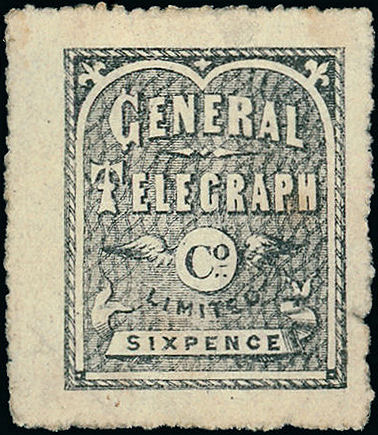 |
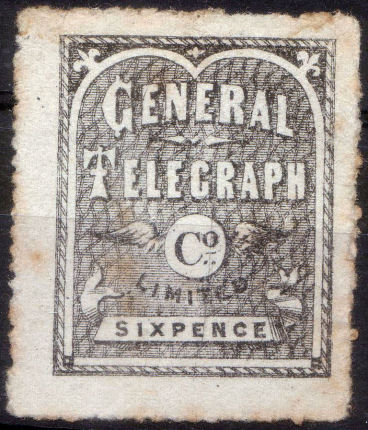 |
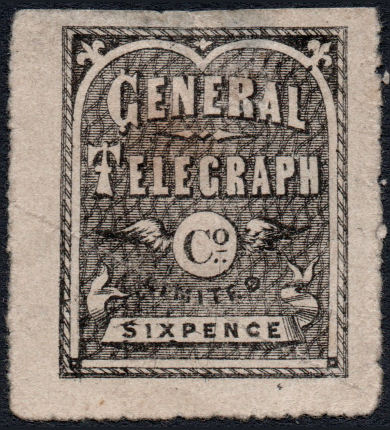 |
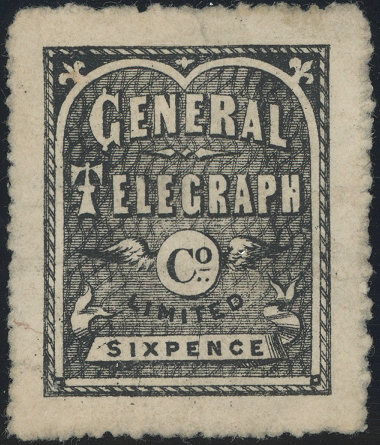 |
| Hiscocks H1 - courtesy Grosvenor Auctions. ('GA' example) Now owned by Mark Talbot (ex Conrad Graham). |
Hiscocks H1 - courtesy of Steve Lawrie. ('SL' example) | Hiscocks H1 - courtesy of Steve Lawrie. ('SL2' example) | Hiscocks H1 - Courtesy of Matthew Healey. ('MH' example) (Ex Klempka) |
The SL2 and MH examples have a similar mark on the "S" of "SIXPENCE".
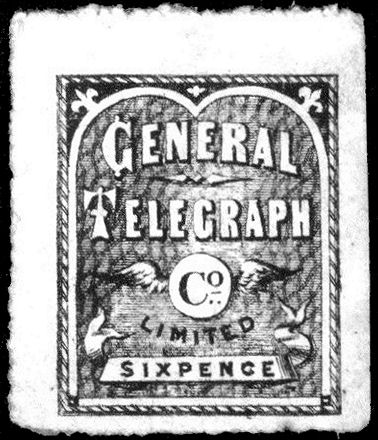 |
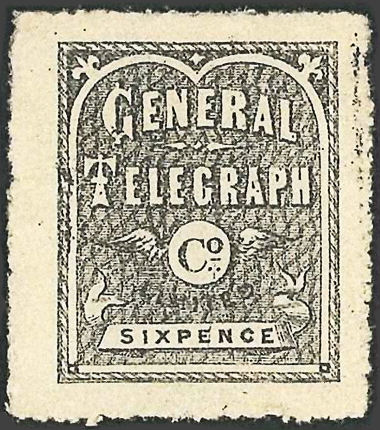 |
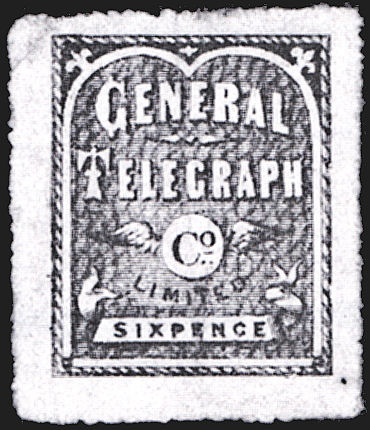 |
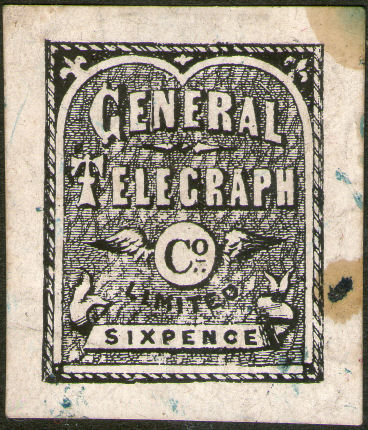 |
| H1 - from Langmead & Huggins Fig.59 ('LH' example) Courtesy of the Great Britain Philatelic Society. |
Hiscocks H1 - Courtesy of Spink and Son. ('SA' example) This sold for £320 (October 2015) |
Hiscocks H1 - From A. J. Lowe collection. Courtesy of Phillips, Son & Neale. ('AJL' example) |
RH1a - my example. ('SP' example) |
Whilst very similar, the last one has some strange differences. The 'SL' and 'GA' examples are much finer impressions and more of a grey-black,
in addition to which they are perforated. On the perforated ones, they fairly consistently have a wider margin on the left,
suggesting that they may all be from the same sheet. I tried digitally fitting them together, but without much luck, AJL might fit on the left of SL.
SL2 has a straight edge at the top, and LH on the right as well as being taller so from a different row. A sheet 10/- or 20/- worth perhaps.
The 'SP' example looks almost like a rough copy in more intense black, perhaps slightly over-inked and imperf.
The 'GA' example, recently sold by Grosvenor Auctions for £150 is very similar to the SL example.
The SA example shows some additional spattering as well as the scratch.
The 'LH' and 'AJL' examples, though poorer images, the ribbon can be seen under the value (see below).

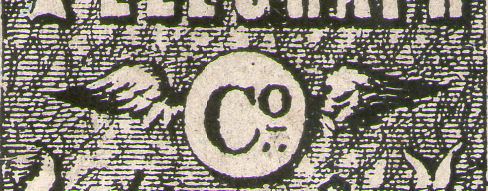
In 'SL', the wings appear to extend further on the left, in 'SP', further on the right and 'C' of 'Co' looks very 'wobbly'.
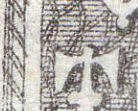
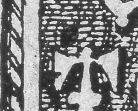

On 'SP', there are a couple of 'ink splashes' ? 'SL' and 'GA' have a scratch through the first 'E' of 'GENERAL' that is not on 'SP'.

 |
The 'SL' example has a long scratch mark clearly visible. 'SP' just shows remnants of this, mostly under 'T'. This would seem to be a strange thing to (partially) copy manually, but the 'missing ribbon' implies it was not just a simple lithographic transfer. To me it looks like 'SP' was produced from the 'SL'/'GA' type by litho-transfer + touch-up. However, I am no printing expert. |
The one illustrated by Steve Hiscocks is the 'GA' example, then owned by Dr. Conrad Graham.
John Barefoot illustrates the 'SP' example, as does Steven Roberts (though photoshopped to remove stains).
Only the 6d value is known and was considered by Morley in 1897 to be bogus.
Thick wove paper, no watermark. Rough perf.13 or imperf.
Francis Whishaw, formerly of the Electric Telegraph Company was promoting the 'General Telegraph Company' as a Sole Trader in October 1848.
His intention was to provide general telegraphic equipment be it electric, hydraulic, pneumatic or mechanical.
He opened showrooms at 9 John Street, Adelphi, off the Strand in London.
This became a partnership when he was joined by Nathaniel Holmes who left the Electric Telegraph Company in 1849.
The East India Company invited the General Telegraph Company to submit proposals for a telegraph system for India and its construction, in September 1849.
This proposal was never taken up, but the prospect may have prompted consideration of forming a Limited Liability Company and issuing stamps as the Electric Telegraph Company did..
I originally thought that this could have been a proposal for the first Telegraph Stamp.
However, it has been pointed out by Steven Roberts of distantwriting.co.uk that the inclusion of the word "LIMITED" in the design places constraints on dating it's origins.
The Limited Liability Act allowing the formation of Limited Companies in the UK was enacted in 1855.
Given the Electric Telegraph Company’s patent monopoly throughout Britain the partnership of Whishaw and Holmes had little business.
In 1851, about the time Whishaw started to become ill, Holmes left to work in Glasgow.
Francis Whishaw died in 1856 after a long illness.1856 is the same year as the Joint Stock Companies Act allowing limited liability,
however the likelihood of the Act coming into being had long been telegraphed !
Ever since the Joint-Stock Companies Act (1844) there had been a growing need for it. The stamp could have been designed in anticipation of it.
If this stamp does relate to Whishaws' company, it is very unlikely that he personally was responsible for it.
Somehow the design reminds me of a grave-stone, the 'angel wings' make me think of it as a memorial to Whishaw.
More 'down-to-earth', as Raymond Lister (1961), wrote:
"... it might have been an essay for a company that was genuinely planned, but never came to anything."
Steven Roberts on the Distant Writing website that I highly recommend has another theory.
We may never know the intended purpose of these. If it was bogus and intended to make money fraudulently, I would have expected
more copies to exist, and for there also to be different colours and perhaps values.
The second type also needs an explanation of purpose.
The General Telegraph Company did appear to have a presence in 1849 London at least.
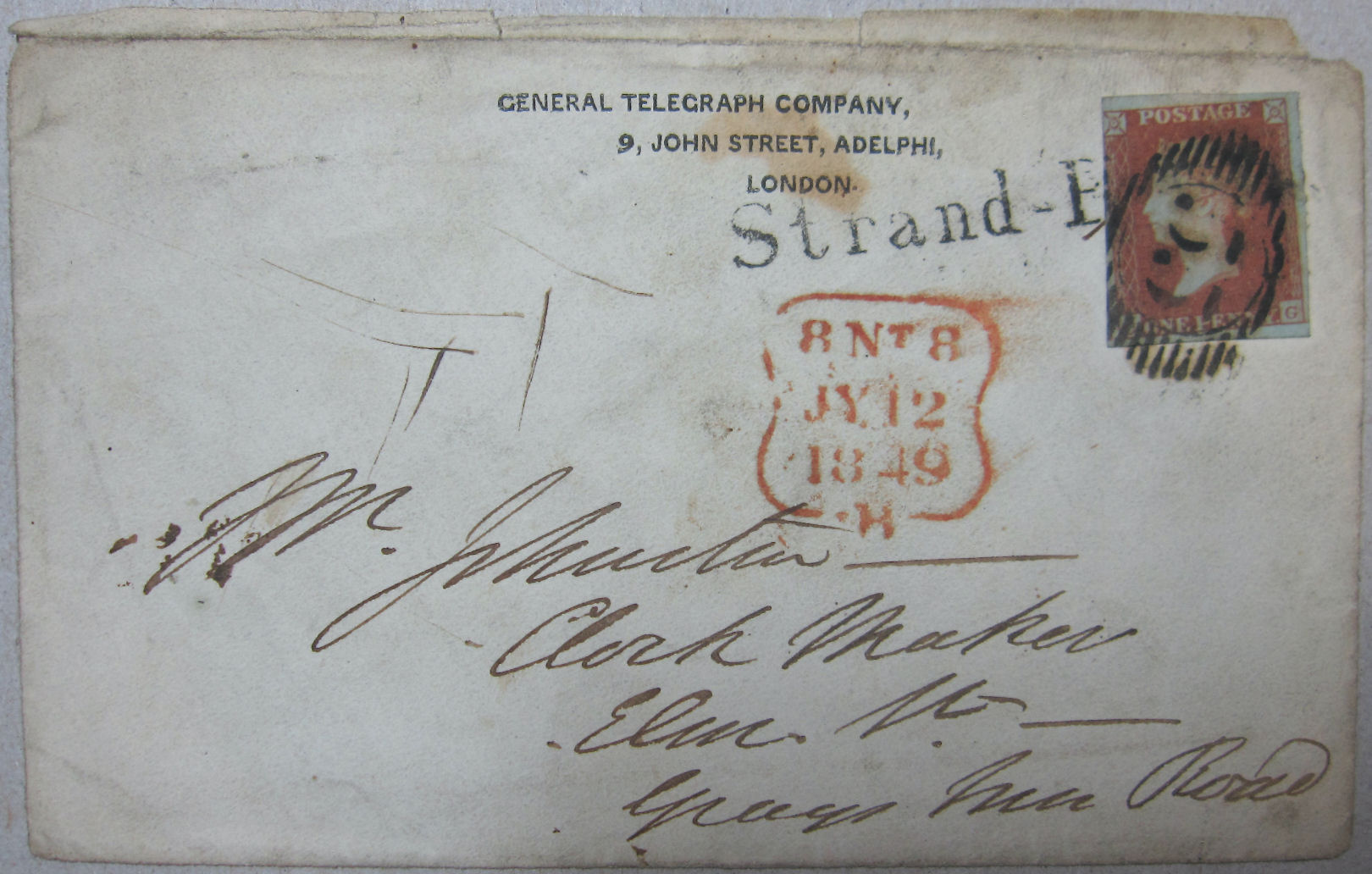
This gives their address as 9, John Street, Adelphi, London, (now John Adam Street, WC2). It is dated 12 July 1849.
It is to a clock maker in Elm Street, Grays Inn Road. Image courtesy of Mark Gibson.
According to Distant Writing, this was Whishaw’s Office (a showroom).
http://distantwriting.co.uk/noncompetitors.aspx
http://atlantic-cable.com/CablePioneers/Holmes/index.htm